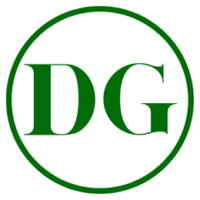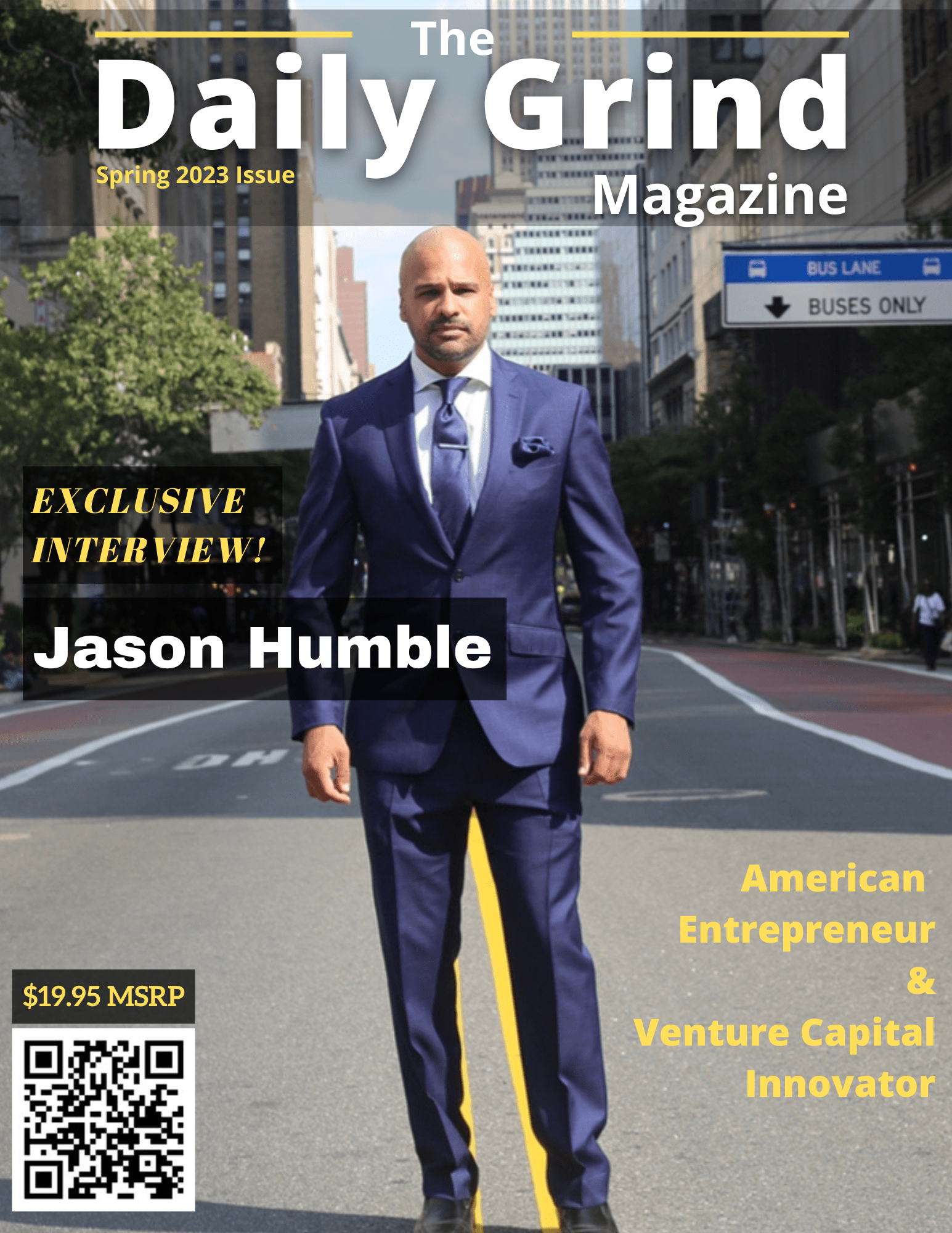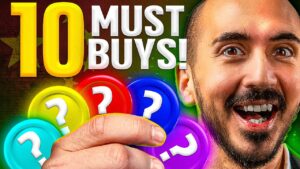In turbulent times, parents turn to toys to keep
their kids happy. That has helped propel sales at some of the
biggest toy makers in the U.S., including Hasbro, The largest producer of board games. Hasbro has over 1,500 brands, including Monopoly,
Play-Doh and Transformers, and designs and Distributes toys for some of the biggest names in
the entertainment world, such as Marvel and Star Wars. It also makes TV shows, movies and digital
games. In the first quarter of 2021, Hasbro had a net
revenue of $1.1 billion, a 1% increase from the Previous year. The toy maker's Consumer Products
segment jumped 14% during that period. "The toy industry actually put up one of the
strongest growth years we've seen, at least in my 20 year career tracking it. And we've not seen double digit to mid teens, mid
upper teens growth rates in the traditional toy Category in a long time." "During the early days of the pandemic, we saw our
games business accelerate very substantially. And, you know, people were looking for ways to be
together and to play together while they were at Their homes. We really also saw that creative
play brands like Play-Doh performed incredibly Well." And it's not just kids who Hasbro sells games to. The toy maker has a roster of over 40 million
competitors worldwide who play fantasy world Building games like Magic: The Gathering and
Dungeons and Dragons. In 2020, Hasbro's Wizards of the Coast studio had
its biggest year ever, with revenue of $816 Million dollars, a 24% increase from a year
earlier. But once the pandemic subsides, will family game night endure? And what does the future of toys and games look
like for Hasbro and its rivals Lego and Mattel? Hasbro traces its roots back to Providence, Rhode
Island, in 1923. Hillel and Henry Hassenfeld, brothers who
emigrated to the U.S. To escape persecution in what is now Poland, got
their business chops selling rags and remnants From the textile industry in New York's garment
district. The duo later moved into making wax crayons and
pencil boxes for school children in New England. "So they would buy wooden pencil boxes, line them
with these remnants. That was their innovation, and then put in them,
you know, things like pencils and compasses and Whatever to sell them to parents for school kids. And they became very popular." At the beginning of the Second World War, the
family run business made its first foray into the
Toy industry, selling junior air raid warden kits
and doctors and nurses kits to kids. But it was the 1952 launch of Mr. Potato Head that helped change the trajectory of
the company and the toy industry. Mr. Potato Head, the first toy advertised on TV
and the first television commercial aimed directly At children, sold a million units in its first
year alone. The original toy required a potato or
similar-sized vegetable. "The vegetable and potato and pepper thing didn't
really work out, because kids would lose it under The couch and then it would rot. And that was considered wasteful. And also kids began, you know, sort of stepping
on these plastic parts and whatever. So they again innovated. And this has really been the story of Hasbro,
innovation after innovation, by making it entirely Plastic." About a decade later, the company had one of its
first major flops. In 1963, it launched Flubber, a gooey plastic
putty. After the product hit store shelves, reports of
skin rashes, lawsuits and an FDA investigation led To a company recall. Reeling from the mistake, the toy maker was on the
hunt for a new hit. In 1964, it introduced the first action figure to
rival the popular Barbie doll made by Mattel. The 11.5 inch male figure wore a U.S. Military World War Two uniform and had 21 moving
parts. G.I. Joe turned out to be a blockbuster for
Hasbro. The company went on to produce a string of other
hits, too, including 1983's My Little Pony and 1984's Transformers. And to broaden its consumer base even further,
Hasbro was buying its competitors. In 1984, it bought Chutes and Ladders maker
Milton-Bradley for $360 million, and in 1991, Hasbro took the top board game slot, buying Play-Doh maker, Tonka, including its Parker Brothers division that makes Monopoly and Trivial
Pursuit. But in addition to the successes, there were also
setbacks and headwinds. "It was boom and bust. And you would, you'd put all your money into
market research and sales and advertising, and you Might get a hit. And oftentimes you didn't get a
hit. And that certainly was true for Hasbro in the 70s
and 80s." "It's one of the things in the toy business that
always gave me a lot of anxiety as an analyst.
It was really a one shot on goal year. Alright, you planned, you planned, you planned,
and then you kind of cross your fingers, you hope The consumer responded, and you put a lot of
dollars behind these big key items to try to drive The holiday season." In the mid-2000s, Hasbro's Playskool division
recalled more than 250,000 Team Talking Tool Bench Toys, following the death of two young children. Around the same time, Hasbro Easy Bake Ovens were
recalled after the company received 249 complaints Of children getting their hands or fingers caught
in the oven's door. There were 77 reports of burns and one report of
a serious injury. The toymaker faced a different kind of obstacle
in 2018 when Toys R US announced plans to sell or Close all of its 885 U.S. Stores. Prior to the bankruptcy, Toys R US was
Hasbro's third largest U.S. Customer and its second largest customer in
Europe. But the company quickly adapted, making new
products and finding new markets for its toys and Games. By 2020, 59% of net revenue in the U.S. And Canada was derived from just three customers:
Wal-Mart, Amazon and Target. Hasbro is one of the biggest toy makers in the
U.S., with a May 12th, 2021 market cap of $13.6 billion. With people stuck at home and widespread lockdowns
in place, U.S. Toy sales reached $25 billion in 2020, a 16%
increase from the year earlier. That gave a boost to some of the biggest toy
makers, including Mattel, Lego, and of course, Hasbro. "In late March and early April last year in the
U.S., when categories like construction or brands Like Lego, arts and crafts, games and puzzles,
those categories really started to take off. And we saw weekly sales numbers that were just
unprecedented, even bigger, in some cases, than The holiday season." In the first quarter of 2021, Mattel had net sales
of $874 million dollars, up 46% higher than a year Earlier, driven by growth of Barbie dolls and Hot
Wheels. In their latest earnings report, Lego said
consumer sales surged 21% in 2020. The Danish toymaker had revenue that year of
about $7 billion dollars, up 13% from the year Prior. It was a similar story for Hasbro. In the first quarter of 2021, Hasbro revenue was
up 1% to $1.1 billion dollars from the year Earlier. Its Consumer Products segment, made up
of games like Play-Doh, Jenga and NERF, rose 14% And its Wizards of the Coast and digital gaming
segment surged 15%.
"Hasbro is the largest producer of board games,
traditional board games, and so they saw a lift to Their entire business. But certainly we have to call up brands like
Monopoly. And the company has done an outstanding job of
taking what was really a classic play pattern, This idea of this around-the-table board game,
competing for ownership of property, and they've Layered on licenses. They've extended the brand." "Parents were really just looking for great
experiences. And so, you know, our NERF business and their
toys, were selling well, gave kids an opportunity To have adventures outside to get outside the
house, but in a, you know, safely in the Backyard." In 2020, Hasbro had net revenue of almost $5.5
billion dollars, down 8% from the year earlier, Due to a decline in its Latin American and Asian
markets and lower TV and film revenue, due to Covid-19-related shutdowns. Consumer products like toys and board games made
up almost 67% of 2020 net revenue. Wizards of the Coast and digital games made up
16.5%, and entertainment net revenue for movies And TV made up almost 17%. And while the company saw a drop in the sale of
its licensed content for partner brands, like Disney and Marvel, it did see a surge in growth
from one blockbuster franchise. Fueled by the sale of toy light sabers and baby
Yodas, seen in The Mandalorian, sales of its Star Wars products grew by 70% in 2020. Another trend for toy makers in 2020 was the
shift to online shopping. According to analysts, e-commerce has given toy
makers like Hasbro the ability to showcase their Brands in a whole new way. And you're starting to see the convergence of
content and entertainment and consumption. This idea that I can go on to Wal-Mart.com and I
can type in Transformers, and in addition to the Product, I might be able to see a little bit from
the movie or the most recent animated series. And so you're starting to see companies like
Hasbro, with their own internal entertainment Capabilities, are saying, 'How do we now use this
as a marketing vehicle?'" With retail stores closed and consumer social
distancing in place, Hasbro reported over a Billion dollars in e-commerce revenue in 2020, a
43% increase from the year prior, making up just Under 30% of global revenue. For the superfans in 2019, Hasbro unveiled Pulse. The direct-to-consumer site offers devotees and
collectors exclusive products, some of which are
Crowdfunded. For example, the 4-foot long Star
Wars: The Vintage Collection Jabba's Sail Barge, Comes with a 64-page booklet containing set
photos, as well as behind-the-scenes development Updates. "The price points are really what the fans are
looking for, and then they give us their Commitment, and in return, then we go and produce
the product, and we take them along the journey. We're offering them early booklets on the
blueprints of the sail barge from Star Wars, and Then taking them along the journey, meeting the
designers and developers of the product." Hasbro is making moves in other parts of its
business, too. In 1999, the company acquired fantasy
world-building business, Wizards of the Coast. Wizards had its biggest year ever in 2020,
generating revenue of $816 million, 24% higher Than the previous year. That growth was led by
record-breaking years from Magic: The Gathering, Up 23% and Dungeons and Dragons, up 33%. "This gaming area is just huge, and there's huge
fandom, and it continues to grow very rapidly." "For many years, these were analog businesses,
where Magic: The Gathering was played as a trading Card game, was played face-to-face. We would run on average in 2019, we ran nearly a
million tournaments globally. Now, some of those tournaments were literally
"Friday Night Magic," as we call it, at your local Hobby shop with 15 people." The game eventually went digital, moving to the
PC, and in March 2021, went mobile. "We have seen incredible success and millions of
downloads. People are playing Magic Arena about nine hours a
week online, which is an amazing statistic. And it's really building the whole 24-hour
engagement with the brand." And the toymaker might have even bigger plans for
its own iconic properties on the big and small Screens. In February 2021, Hasbro announced plans
for dozens of new films and television shows. The projects include films based on Dungeons and
Dragons and G.I. Joe, scripted series based on Risk and Clue, and
potentially unscripted TV shows based on Monopoly And Play-Doh. "The key is to start with strong brand, start with
strong evergreen brands that are based on play Patterns that will always exist for children, and
then build upon that with the storytelling and the Content in the media." While Hasbro has been part of the entertainment
industry for years, with blockbuster films like Its Transformers franchise, its $3.8 billion
dollar acquisition of entertainmentOne is expected To triple the number of its projects. While a byproduct of the pandemic may have been a
resurgence of traditional toys and games, analysts
Think that Hasbro, with its diversified portfolio
and storytelling capabilities, might have an edge Over its competitors as consumers seek out new
forms of entertainment in an increasingly digital World. "I think what we're seeing now, particularly
through Hasbro, is the de-seasonalization of their Business. You're bringing brands to life in the
spring, you're bringing brands to life in the Summer, and you're really anchoring that around
gaming experiences, digital experiences, Entertainment, and you're less and less reliant
on that gift-giving season for children in the Holiday period."





